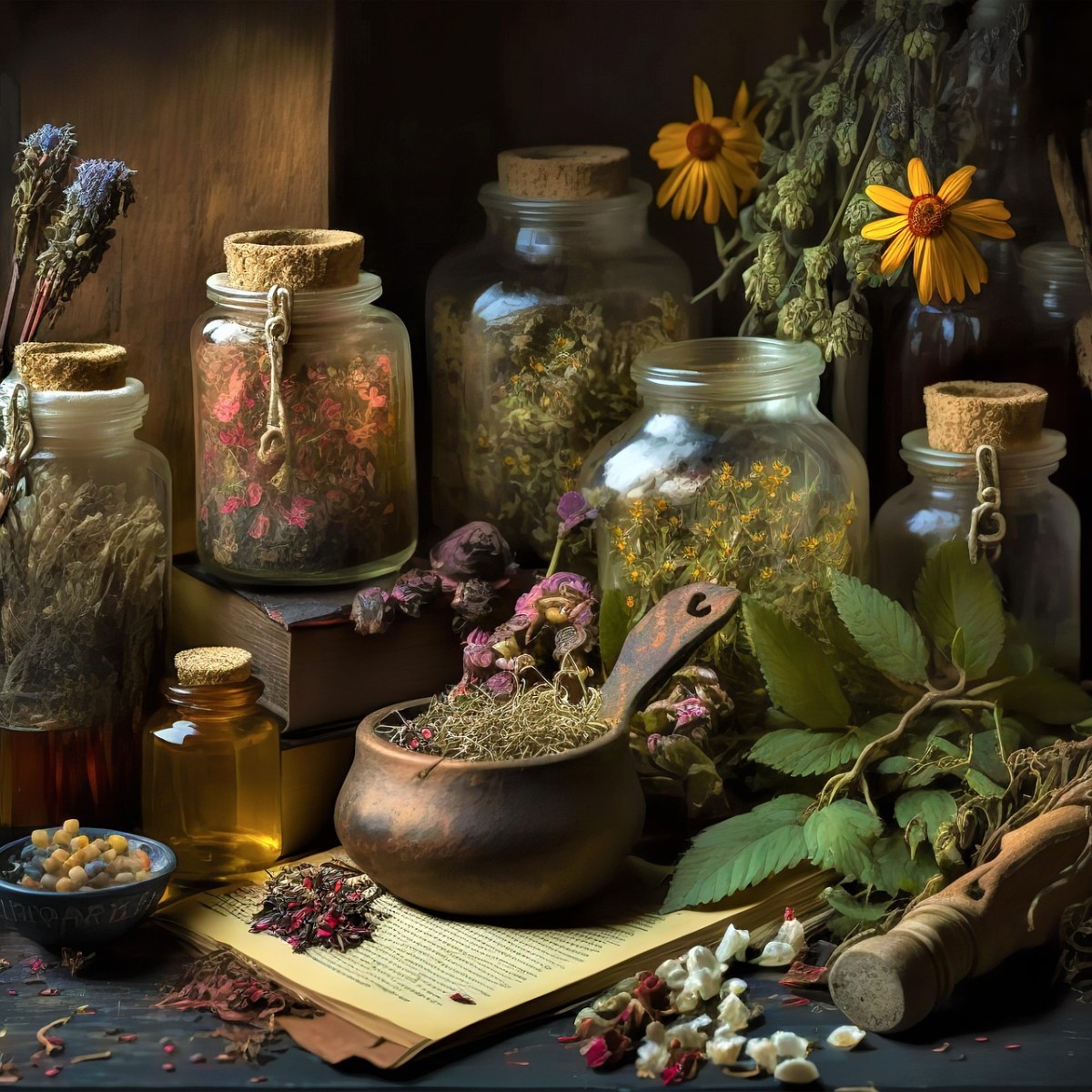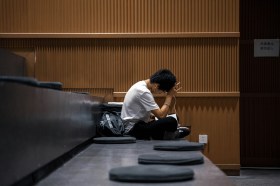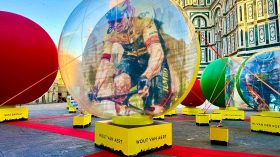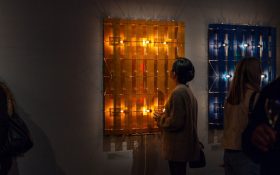In 2025, the art world is witnessing a significant influence from niche internet aesthetics known as ‘cores’ – specifically, Cottagecore, Goblincore and Weirdcore. These movements, originating from online subcultures, are now permeating various artistic disciplines, reflecting a collective yearning for escapism, authenticity and alternative narratives.
Cottagecore, characterised by its idealisation of rural life and simplicity, continues to captivate artists and audiences alike. This aesthetic emphasises natural beauty, sustainability and a slower pace of life, often depicted through floral patterns, vintage decor and handcrafted items. In 2025, Cottagecore’s influence is evident in interior design trends, with a resurgence of screen-printed wallpapers and fabrics that blend traditional motifs with contemporary sensibilities.





